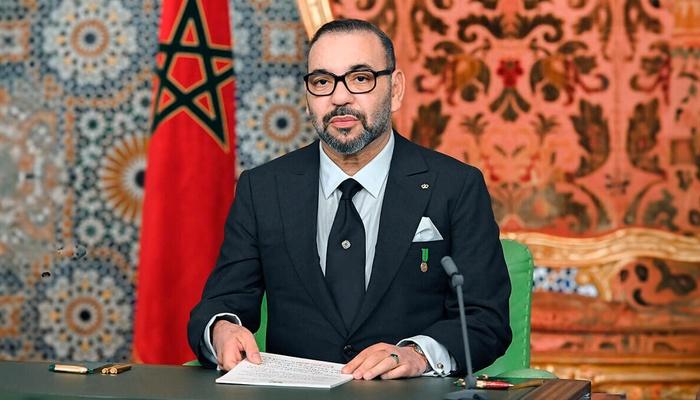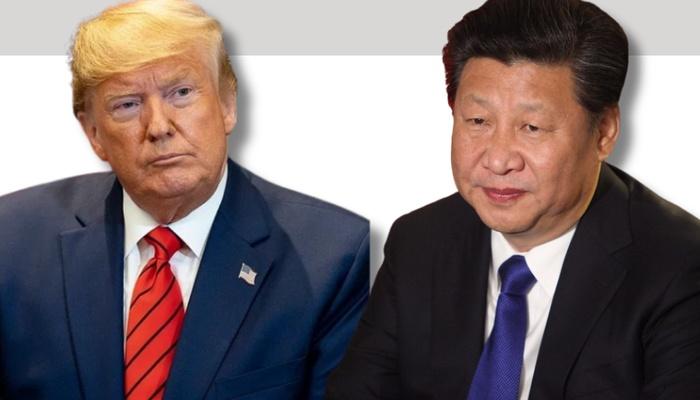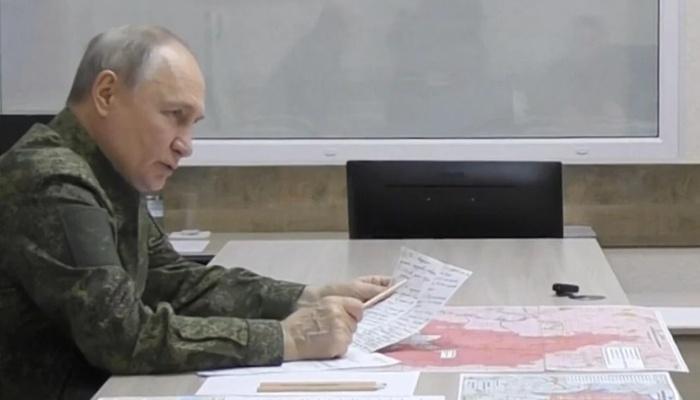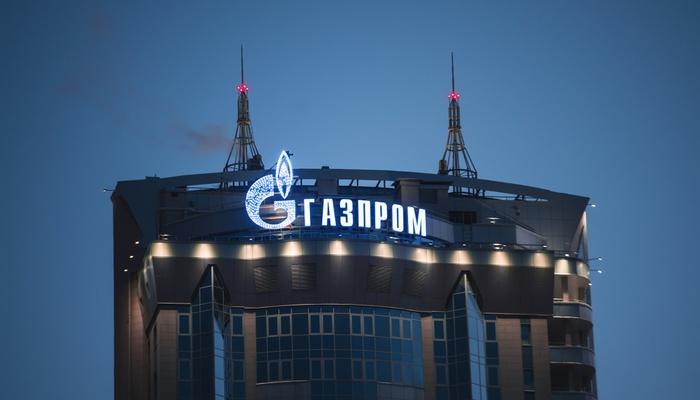NATO Summit 2021 – The future of the Alliance between cyber, innovation and investments
The objectives declared during the 2021 Brussels summit represent an ambitious and far-reaching challenge for NATO, engaged in its strategic reflection process about the future of the Alliance. These ambitions are reflected in the decision to boost innovation and research, also through cooperation between civilian and military sectors. The “technological edge” of the Alliance has always represented, together with strategic nuclear capabilities, the backbone of Euro-Atlantic deterrence against external threats.
Given the increasing militarization of the cyber domain, NATO sees the need to develop defense tools to meet the new challenges of the digital age. Such tools will be crucial for the protection of critical infrastructures, whether digital or physical, and for the protection of the institutions and democratic processes of allied States. Recent years have shown how the vulnerability of democratic societies to fake news, cyber attacks, disruption and large-scale disinformation activities perpetrated through the cyber domain is intrinsically linked to the concept of national defense. And so it is that cybersecurity is linked to cyberdefense to such an extent that, at the end of the summit, the allies agreed to consider any hostile action carried out in the cyber domain as an act of aggression that is fully entitled to invoke Article 5 of the Atlantic Pact, i.e. the collective defense clause. Furthermore, the development of cyber capabilities is becoming increasingly important as NATO member States develop new doctrines, such as the multi-domain operations (MDO), where information superiority and the development of new, fully digitized command and control (C2) systems will be some of the crucial aspects.
The development of such capabilities will take place in close collaboration with civil society and to this end it is planned to include in future projects also the realities of research and industry, such as universities, startups and companies. These collaborations will represent the backbone of the new “Defence innovation accelerator for North Atlantic”, a central hub for research on new technologies, aimed precisely at strengthening civil-military cooperation. Alongside this project, efforts will also be made for research on the so-called disruptive technologies through the establishment of the “NATO Innovation Fund”, which will have the task of financing the development of technologies whose applications will also be useful in the military field.
From this point of view, the issue of the defense budget also came to the fore during the summit. The same issue had caused several frictions among the members of the Alliance during the Trump era. The leaders gathered in Brussels have therefore decided to commit to increase the funds allocated to defense, both in terms of NATO budget and individual capabilities, in order to reach the goal of 2% of national GDP invested on defense in the short term. Through these increases, the Alliance aims to obtain the tools necessary to realize its ambitious technological and digital agenda.
The challenge of technological and scientific research is therefore an integral part of the ongoing reflection process within the Atlantic Alliance. Actually, it could not be otherwise, given the enormous investments in new technologies by NATO’s direct competitors, Moscow and Beijing. In fact, the technological variable is assuming enormous importance in the context of global competition between powers, and it will be one of the key elements that will shape and determine the new global geopolitical and military balances. It is no coincidence, in fact, that in the defense budget proposal for the fiscal year 2022, recently presented to the US Congress, President Biden has decided to focus resources precisely on scientific research and technological innovation, with the largest request for research and development (R&D) funds in American history, according to US Defense Secretary Lloyd Austin. NATO also seems to be moving in the same direction, looking at a long-term perspective.









